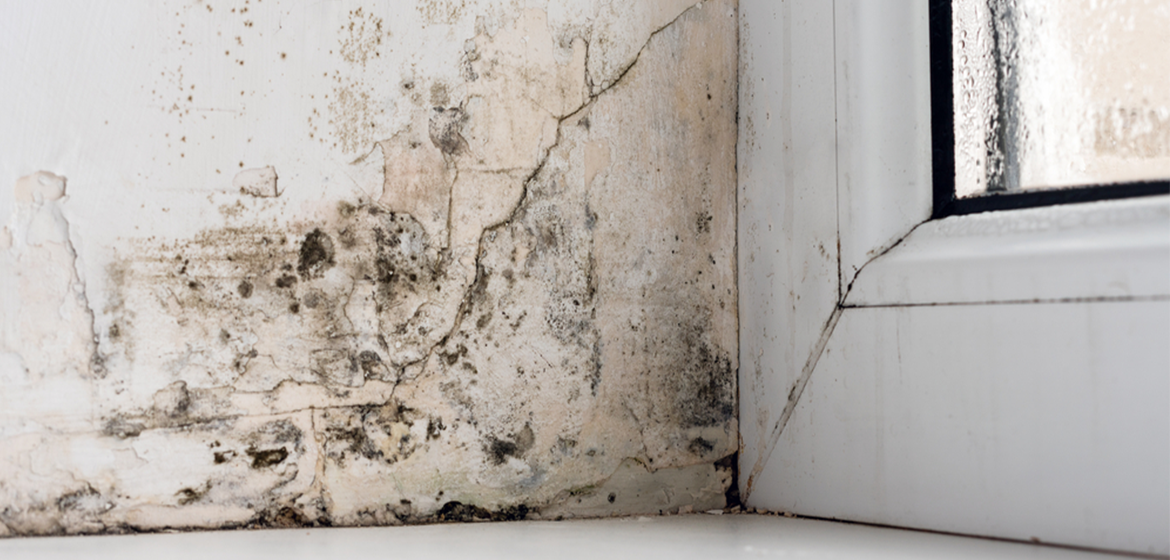Water Damage Vs. Mold: Know The Difference

Water damage and mold are two common problems that can wreak havoc on your property. While they may sometimes go hand in hand, it’s important to understand the differences between them in order to properly address and resolve the issues. In this blog post, we will delve into the causes, signs, and consequences of water damage and mold, and discuss how a professional public adjuster can assist you in navigating the insurance claims process.
Water Damage: Causes and Consequences
Water damage refers to any damage caused by the intrusion or accumulation of water within a building or property. It can occur due to various reasons, such as plumbing leaks, burst pipes, roof leaks, or natural disasters like floods. Water damage can have severe consequences if left unaddressed, including structural damage, electrical hazards, and the growth of mold.
When water infiltrates your property, it can seep into walls, floors, and furniture, causing irreversible harm. It may result in warped or buckled flooring, stained or crumbling walls, and even damage to electrical systems. In extreme cases, prolonged exposure to water can compromise the structural integrity of your property, leading to costly repairs.
Moreover, water damage provides the perfect breeding ground for mold growth. Mold thrives in damp and humid environments, and excessive moisture from water damage creates the ideal conditions for mold spores to multiply and spread. If not promptly addressed, mold can pose significant health risks to occupants and further damage the property.
Signs of Water Damage
Recognizing the signs of water damage early on is crucial for prompt remediation. Keep an eye out for the following indicators:
- Water stains or discoloration on walls, ceilings, or floors.
- Musty odors or a persistent dampness in certain areas.
- Peeling or bubbling wallpaper or paint.
- Warped or sagging floors.
- Water pooling or dripping from unknown sources.
- Increased humidity or condensation in the building.
- Visible mold growth.
If you notice any of these signs, it’s important to take immediate action to identify the source of the water damage and address it appropriately.
Mold: Causes, Signs, and Consequences
Mold is a type of fungus that thrives in damp and humid environments. When water damage is left unaddressed, it provides an ideal breeding ground for mold growth. Mold can start to develop within 24 to 48 hours of water exposure, and it can spread rapidly if not dealt with promptly.
The presence of mold in your property can lead to a range of issues. Not only does it cause unpleasant odors and unsightly stains, but it can also have adverse effects on your health. Mold releases spores into the air, which, when inhaled, can trigger allergic reactions, respiratory problems, and other health issues, especially for individuals with pre-existing conditions or weakened immune systems.
Water Damage and Mold: Seeking Professional Assistance
When faced with water damage or mold issues, seeking the expertise of a professional public adjuster can make a significant difference. Public adjusters are licensed professionals who work on behalf of policyholders to navigate the insurance claims process and ensure fair compensation for damages.
An experienced public adjuster understands the complexities of water damage and mold claims and can provide valuable assistance throughout the entire process. They will assess the extent of the damage, document the losses, and negotiate with the insurance company to maximize your claim settlement.